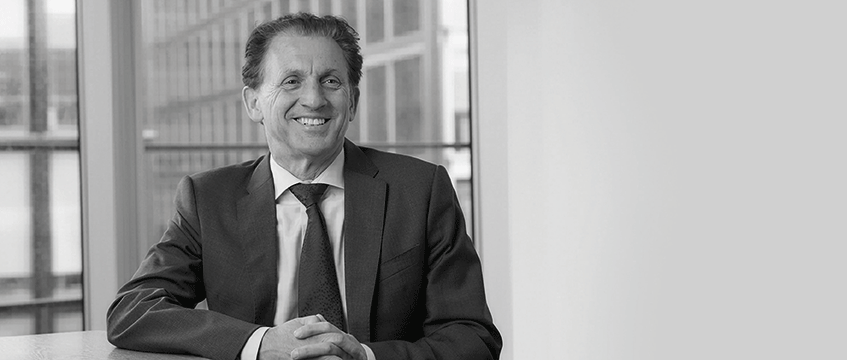L&G has seen half-year profits slide as interest rates hammer the values of its assets under management.
The insurance giant, which is one of the UK’s biggest real estate investors, made an operating profit of £941m for the first six months of the year, down from £958m for the same period in 2022. Profit after tax was £316m, down from £575m.
L&G said it was “on track to achieve [its] five-year ambitions” which would see it generate between £8bn and £9bn of capital by the end of 2024, dishing out dividends of between £5.6bn to £5.9bn.
In the first half it made £947m capital generation, with “significant” dividend headroom. Capital generation since 2020 has reached £5.9bn.
However, its £1.2tn asset management arm, Legal & General Investment Management, saw profits slide by 29% to £142m, down from £200m for H1 2022.
L&G acknowledged this was “primarily reflecting the impact of rising interest rates on assets under management”, which decreased by £132bn, or 10%, to £1.16tn.
UK-focused net outflows also hurt the business. External net outflows over H1 2023 were £12.3bn, against net inflows of £65.6bn for H1 2022.
Management fee revenue also decreased by 11% to £431m due to the 13% fall in average AUM over the past year.
L&G said it was keen to expand its international AUM as a result. This has grown by 78% since 2018 to stand at £457bn, or 39% of total AUM. L&G restated its goal to expand international AUM to “more than half” of total AUM by the end of the decade.
But operating profit for L&G Capital, its alternative asset developer arm, increased by 13% to £296m from £263m in H1 2022. This was driven by the firm’s alternative asset portfolio, where operating profit increased to £230m from £202m.
Outgoing chief executive Sir Nigel Wilson (pictured) said: “We remain on track to achieve our five-year ambitions and deliver attractive returns for our shareholders. In H1, we delivered £0.95bn of both IFRS operating profit and capital generation, together with a Solvency II ratio of 230% and a surplus of £9.2bn. The dividend is up by 5%. LGRI and LGC performed strongly, [and] LGIM results stabilised.”
L&G said its specialist commercial real estate portfolio, as well as targeted investments in infrastructure and science and technology-focused assets “proved more resilient than the general commercial property market”.
Its alternative asset portfolio increased by 13% to £4.22bn from £3.74bn, as it deployed a further £300m into new and existing investments.
Its diversified, multi-tenure housing portfolio also “remained resilient”, growing to £2.25bn from £2.19bn. Cala, L&G’s largest housing business, delivered house sale revenue of £619m, the same as H1 2022, but at a lower profit of £73m, down from £98m.
Its affordable homes business now has a total operational pipeline of 6,766 and a gross asset value of around £1.2bn. Meanwhile, its later living platform, Inspired Villages, driven by L&G’s partnership with the NatWest Group Pension Fund is “on track” to deliver more than 5,000 homes for older people over the life of the partnership.
But its attempt to move into modular housebuilding ended abruptly in H1, with the closure of its Selby factory in May.
L&G said: “In H1 2023, we reluctantly announced our intention to cease production at our modular homes factory. Unfortunately, long planning delays mean we have not been able to secure the necessary scale in our pipeline.”
In June, L&G announced that António Simões would replace Wilson as the group’s next chief executive. He will take up the post on January 1.
To send feedback, e-mail piers.wehner@eg.co.uk or tweet @PiersWehner or @EGPropertyNews











